Scientists Say New AI Model Might Predict Earthquakes Months Ahead of Time
Predicting earthquakes has always been seen as impossible—until now. A new AI model developed by seismologists promises to change that narrative.
Researchers are working on a system that could provide months of advance notice before major quakes, potentially saving countless lives.
How AI is Transforming Seismology
Artificial intelligence is making waves in the world of seismology. By analyzing massive datasets from earthquake activity around the globe, AI is now being used to spot patterns that could signal a major event.
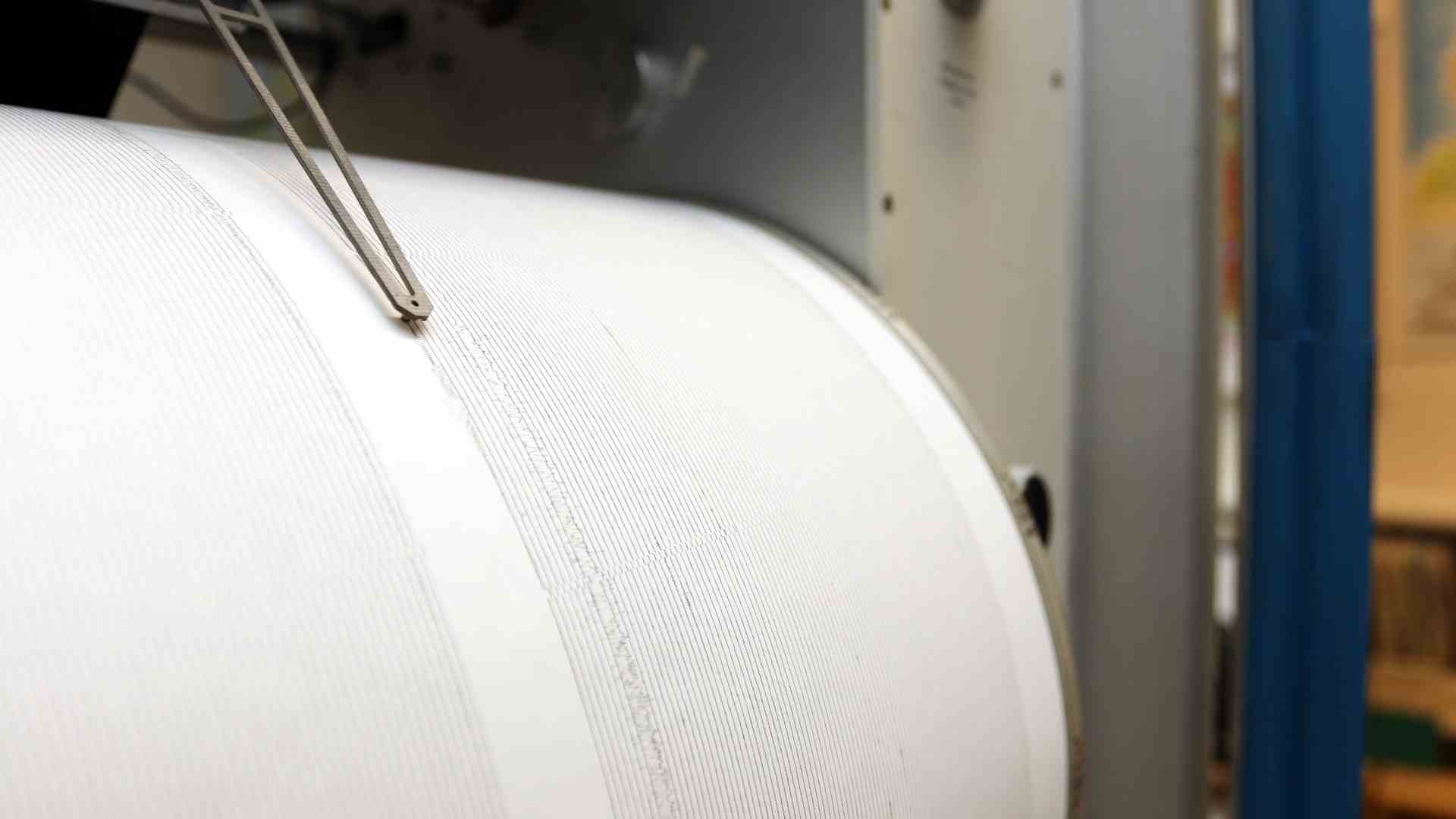
Source: Petr Brož/Wikimedia
One promising model, developed by the University of Alaska Fairbanks, claims it can predict large earthquakes months in advance, based on low-level tectonic activity.
Anchorage and Ridgecrest Earthquakes
To test the AI model, researchers studied two significant earthquakes: the 2018 Anchorage, Alaska quake and the 2019 Ridgecrest, California quake sequence.
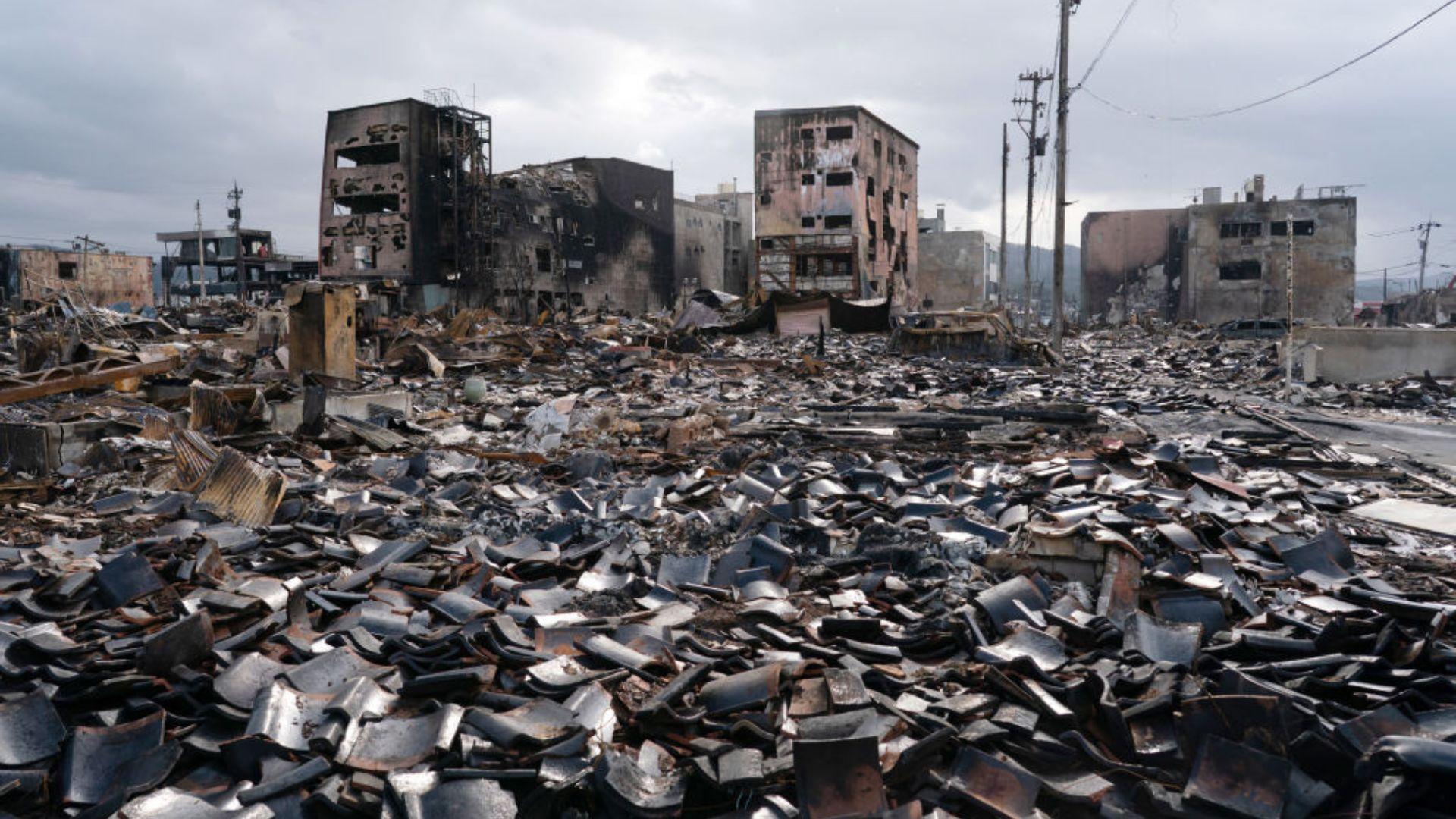
Source: Getty Images
Both showed signs of unusual seismic activity months before they occurred. In Anchorage, the model detected abnormal low-magnitude seismicity nearly three months ahead of the event, showing the potential for long-term forecasting.
The Role of Low-Magnitude Seismicity in Predictions
The AI model focuses on detecting abnormal low-magnitude seismic activity—quakes below 1.5 magnitude—that often precedes larger events.
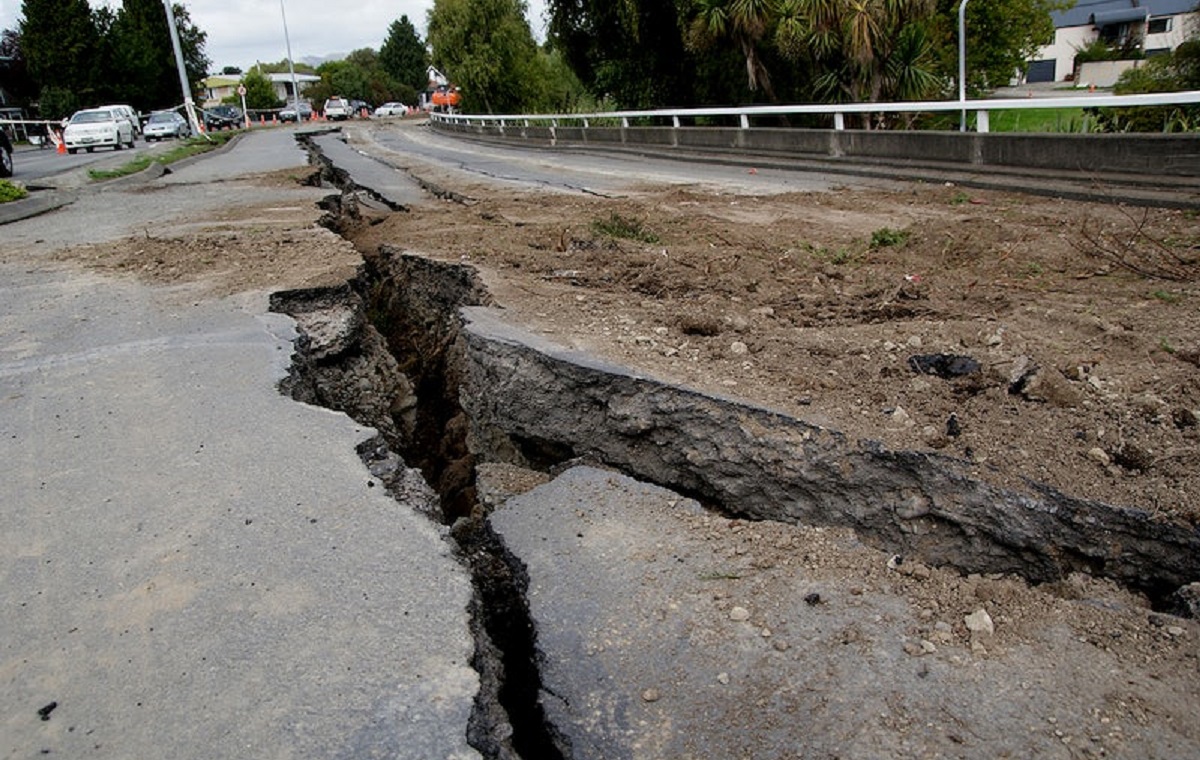
Source: Rawpixel
Before the Anchorage and Ridgecrest earthquakes, seismic activity spiked across 15% to 25% of the affected regions. This low-magnitude activity could be the key to unlocking earthquake predictions, according to researchers from UAF.
The Importance of Pore Fluid Pressure
One of the major discoveries is the link between pore fluid pressure and earthquakes. Increased pressure within faults can lead to slipping, which may trigger large quakes.
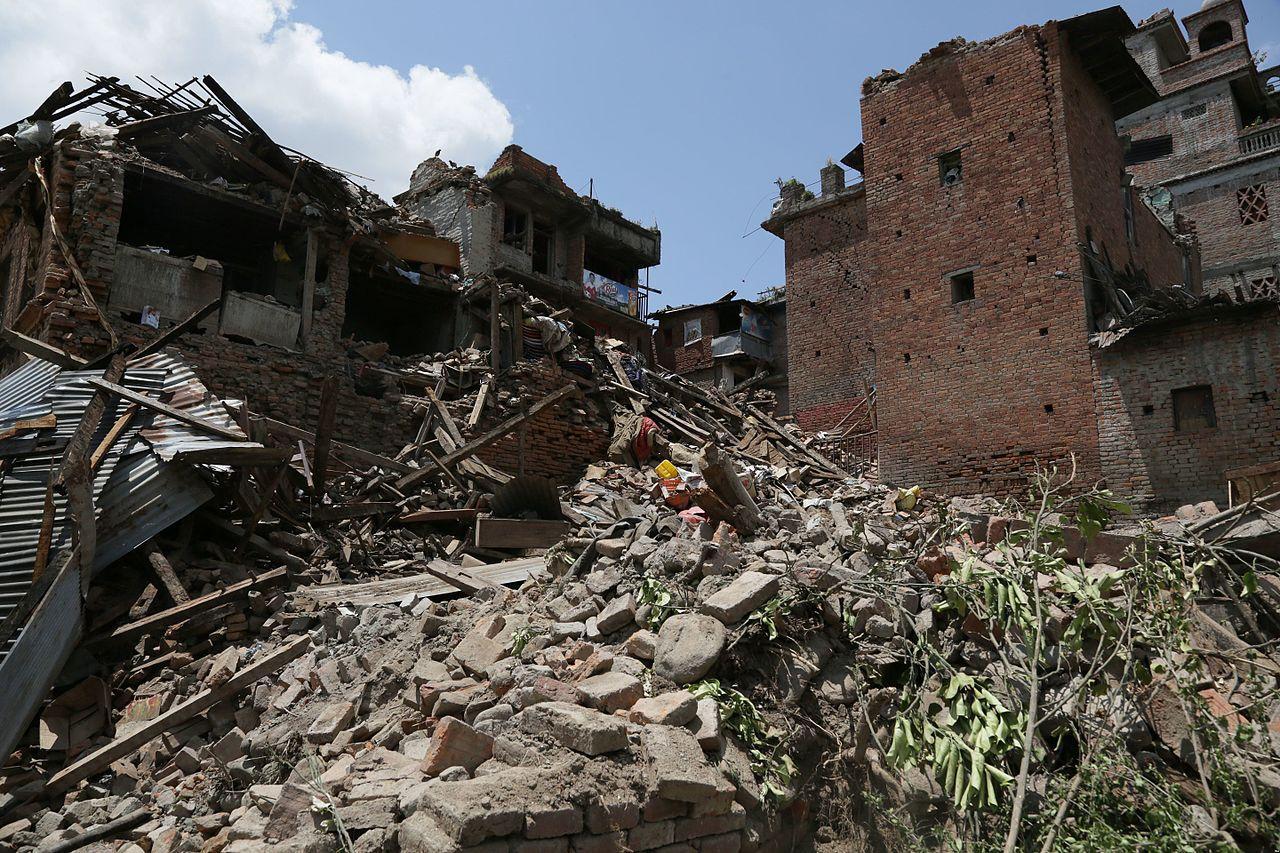
Source: Wikimedia
The AI model identifies these pressure changes by analyzing tectonic data, offering a window of time to prepare for potential disasters.
How MyShake is Providing Early Alerts
In addition to long-term predictions, short-term warning systems like the MyShake app are giving people crucial seconds to prepare for imminent quakes.

Source: Wikimedia
Developed by researchers at the University of California, Berkeley, the app uses crowdsourced data from smartphones across the West Coast to send alerts seconds before an earthquake hits. It’s not perfect, but those few seconds can be lifesaving.
Machine Learning’s Role in Earthquake Research
Machine learning is central to these advancements. By analyzing seismic data from across the world, AI models can identify hidden patterns that human researchers might miss.

Source: Wikimedia
This data-driven approach allows for more accurate forecasting and the potential for real-time alerts. As machine learning technology improves, scientists believe we’re getting closer to true earthquake prediction.
Challenges and Skepticism in Seismology
Not everyone is convinced. Some seismologists remain skeptical of AI’s ability to predict earthquakes. “In my experience, no one has developed a system to predict earthquakes,” says Tom Heaton, a geophysicist at Caltech.

Source: Freepik
While AI shows promise, the complexity of earthquake physics means there are still significant hurdles to overcome before predictions can be considered reliable.
Why Past Earthquake Predictions Failed
Earthquake prediction has a long history of false starts. From theories about “earthquake weather” to animals sensing quakes before humans, many methods have been tried—and failed.
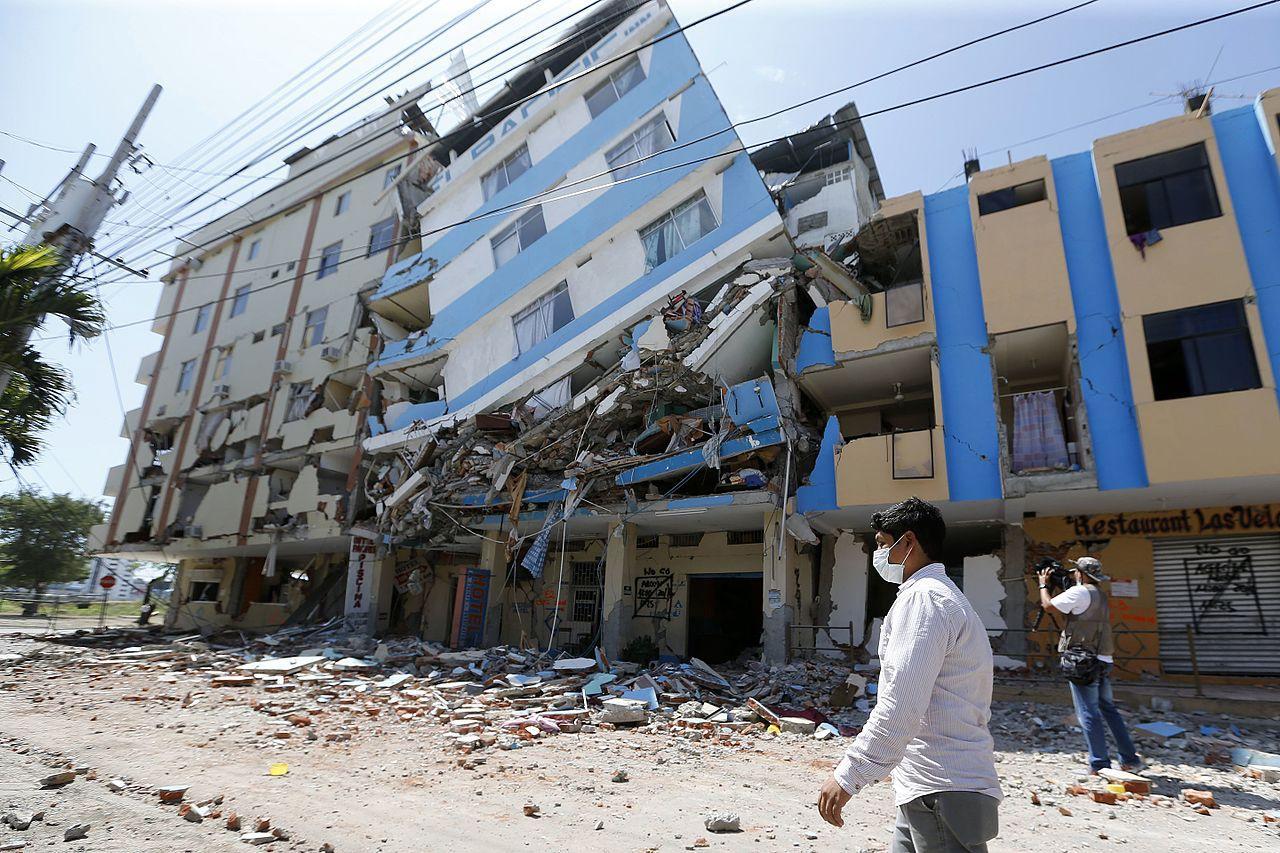
Source: Wikimedia
A 1990 prediction of a catastrophic California earthquake caused widespread panic, but nothing happened. Today’s AI models aim to learn from these mistakes by relying on data, not speculation.
The Ethical Dilemma of Predicting Earthquakes
Even if AI can predict earthquakes, it raises ethical questions. False alarms could cause unnecessary panic, economic disruptions, and erode public trust in science.

Source: Wikimedia
On the other hand, failing to warn people of an impending quake could lead to devastating consequences. Seismologists are working to strike a balance between providing timely warnings and avoiding the pitfalls that could come along with inaccurate predictions.
What’s Next for Earthquake Forecasting?
The future of earthquake prediction is filled with possibilities. Researchers like Társilo Girona of the University of Alaska Fairbanks are hopeful that machine learning will allow for even more accurate predictions in the future.
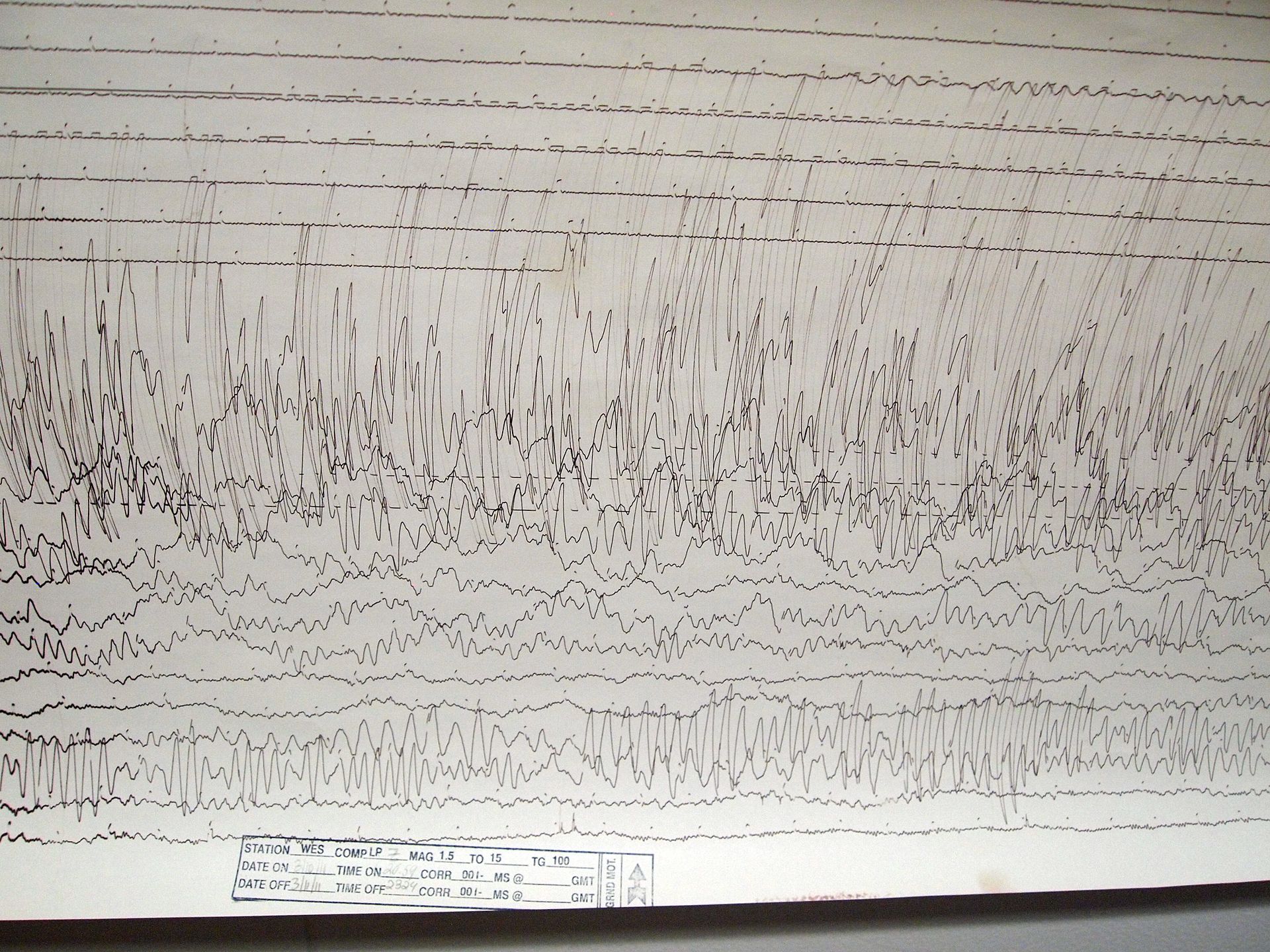
Source: Wikimedia Commons
While the technology is still in its infancy, recent breakthroughs suggest that we may soon live in a world where major earthquakes can be predicted months before they occur.
AI and Seismology's Future
AI’s impact on seismology is only beginning. As models and new advances in machine learning continue to evolve, the hope is that we’ll one day have reliable tools to predict earthquakes.
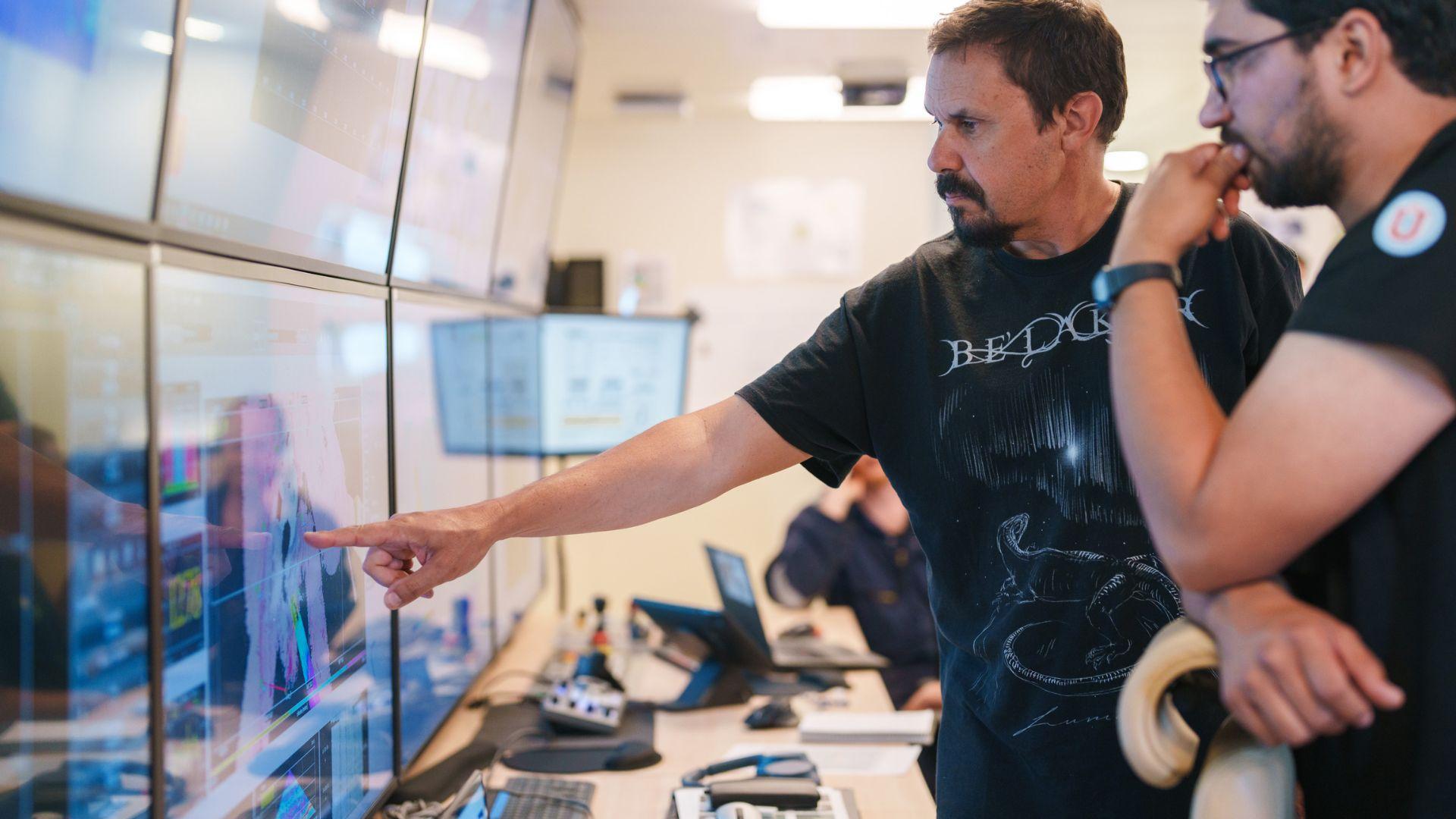
Source: Alex Ingle/Schmidt Ocean Institute
Until then, scientists are focused on refining the technology and gathering more data.
